One of the earliest-known sources of malachite was mined by the Egyptians in the Sinai Desert thousands of years ago. Since that time, this lovely, green hydrous copper carbonate has been mined in quantity all over the world.

Russia’s Ural Mountains was once the source of tons of the world’s most beautiful banded malachite, and the copper mines of the Katanga (Shaba) Copperbelt of Central Africa are currently yielding huge masses of green copper carbonate.
Russia is unquestionably famous for its amazing banded malachite gem material. Artisans, decorators, and museum experts agree that Russian malachite is the most beautiful in the world. It was mined in such quantities that artisans were able to produce breathtaking malachite objects that are now found worldwide. Visit stately palaces in Mexico, England and Europe, and many state buildings and countless museums throughout the world, and you can view wonderful creations made of Russia’s malachite. These objects are highly prized and eagerly displayed, and their value borders on priceless.
Russian malachite exhibits light- to dark-green bands, some so dark as to be almost black. The bands can be any width, from under an inch to several inches wide. The curving, undulating bands are spectacular, taking many forms, from bull’s-eyes to graceful, sweeping curves.
Two Russian copper mines, the Mednorodyskoye and Gumshevskit, established in the Middle Ural Mountains in the 1800s, were particularly productive of large pieces of malachite. Among the multiton masses of malachite recovered was one chunk that weighed around 250 tons, with many others in the 50-ton range! These large masses were not completely solid, but were shot through with vugs and cavities. This made obtaining large slabs impossible, but explains why the Russians developed the technique called “Russian malachite mosaic”.
Denne historien er fra December 2017-utgaven av Rock&Gem Magazine.
Start din 7-dagers gratis prøveperiode på Magzter GOLD for å få tilgang til tusenvis av utvalgte premiumhistorier og 9000+ magasiner og aviser.
Allerede abonnent ? Logg på
Denne historien er fra December 2017-utgaven av Rock&Gem Magazine.
Start din 7-dagers gratis prøveperiode på Magzter GOLD for å få tilgang til tusenvis av utvalgte premiumhistorier og 9000+ magasiner og aviser.
Allerede abonnent? Logg på
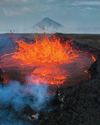
THE BRIGHT SIDE OF VOLCANIC ROCK
As a mineral resource, volcanic rock is decidedly short on glamour.
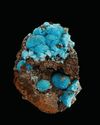
The Other Copper Minerals
12 Lesser-known Collectible Species

MINERAL COLLECTING -AND ROCK & GEM
Evolving Together FOR 54 YEARS
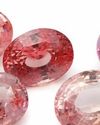
Gemstone Trends
A Look Back at 2024 & What to Expect in 2025
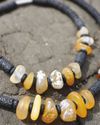
How to Make a GEM BEAD NECKLACE
No Lapidary Experience Needed!
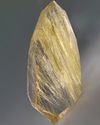
Framing Nature's Art
Faceting Rutilated Quartz for Beginners
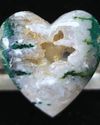
BEDAZZLED BLUE SEAM AGATE
More than several centuries ago, mining was the profession most often seen as befitting of men.
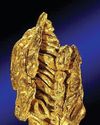
ROCK & GEM FIELD GUIDE:
Spinel is a captivating gemstone with a rich history of being mistaken for gems like ruby and sapphire.
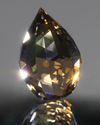
SNAKE SCALE DROP 1.5:1
This Faceting Focus is revisiting the briolette gemstone design because of its popularity with independent and hobby gemstone faceters.
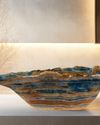
STONE CHIC
How Earth-Inspired Decor Brings Comfort to our Home